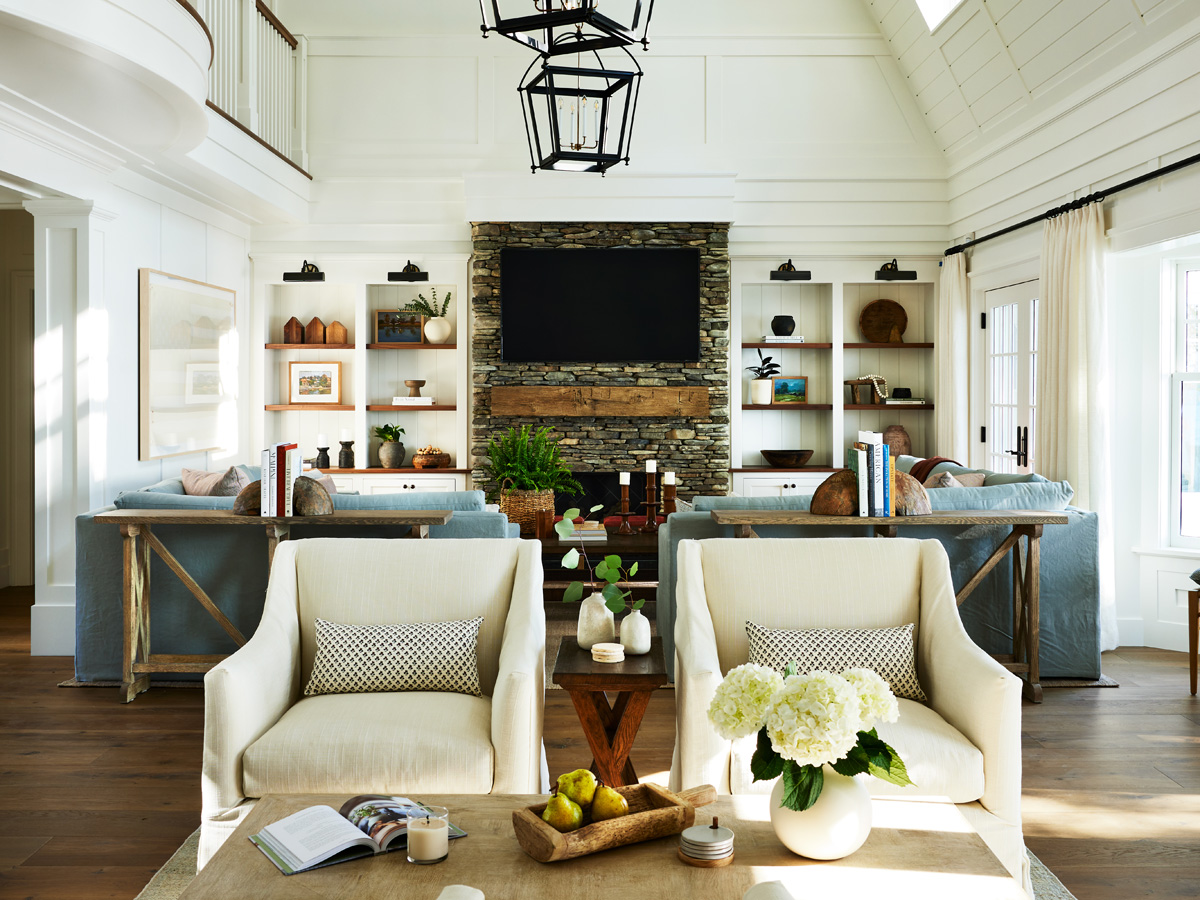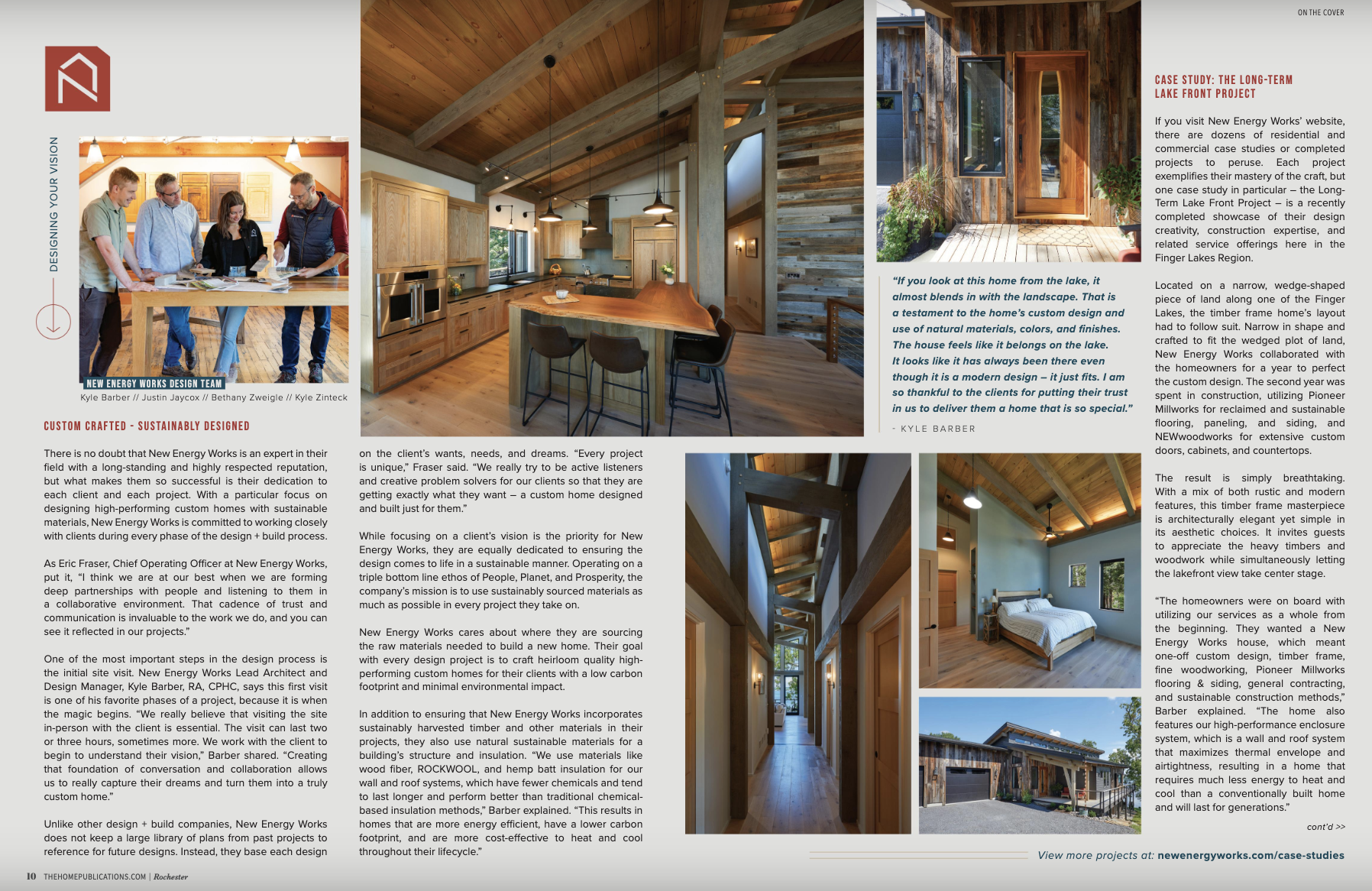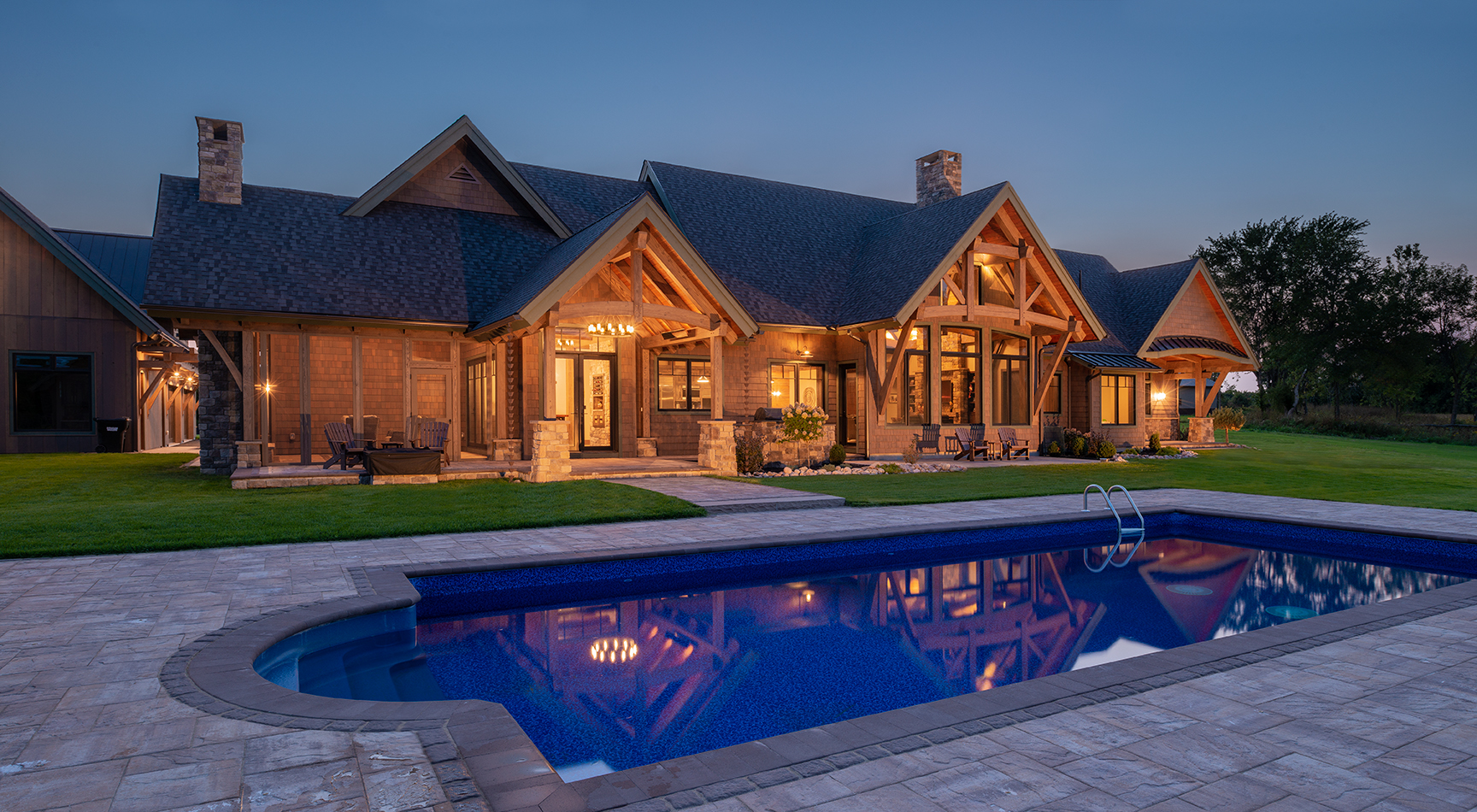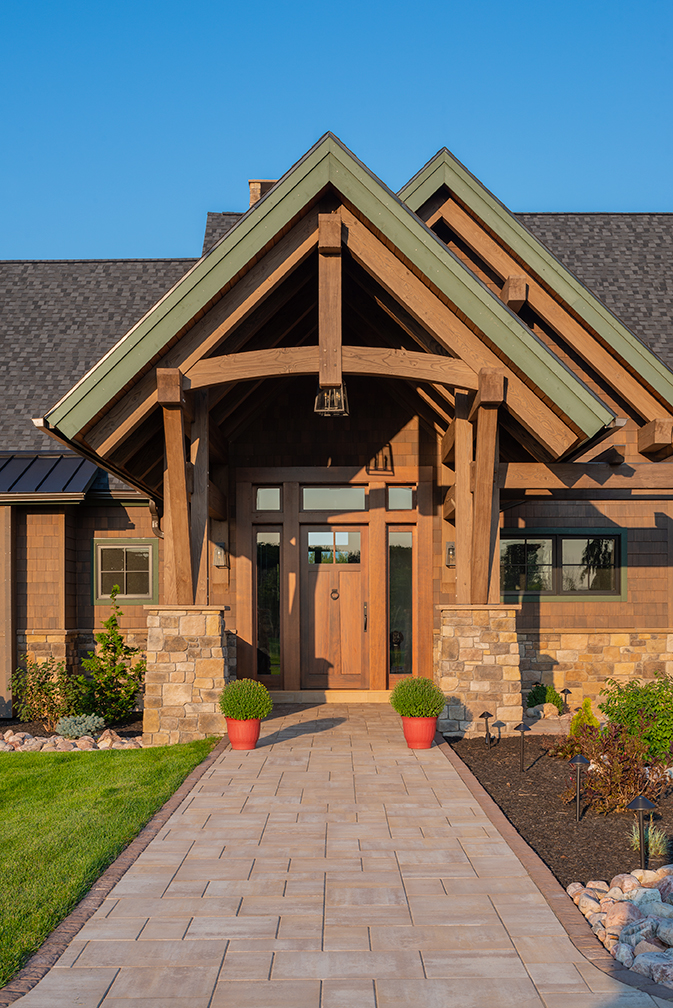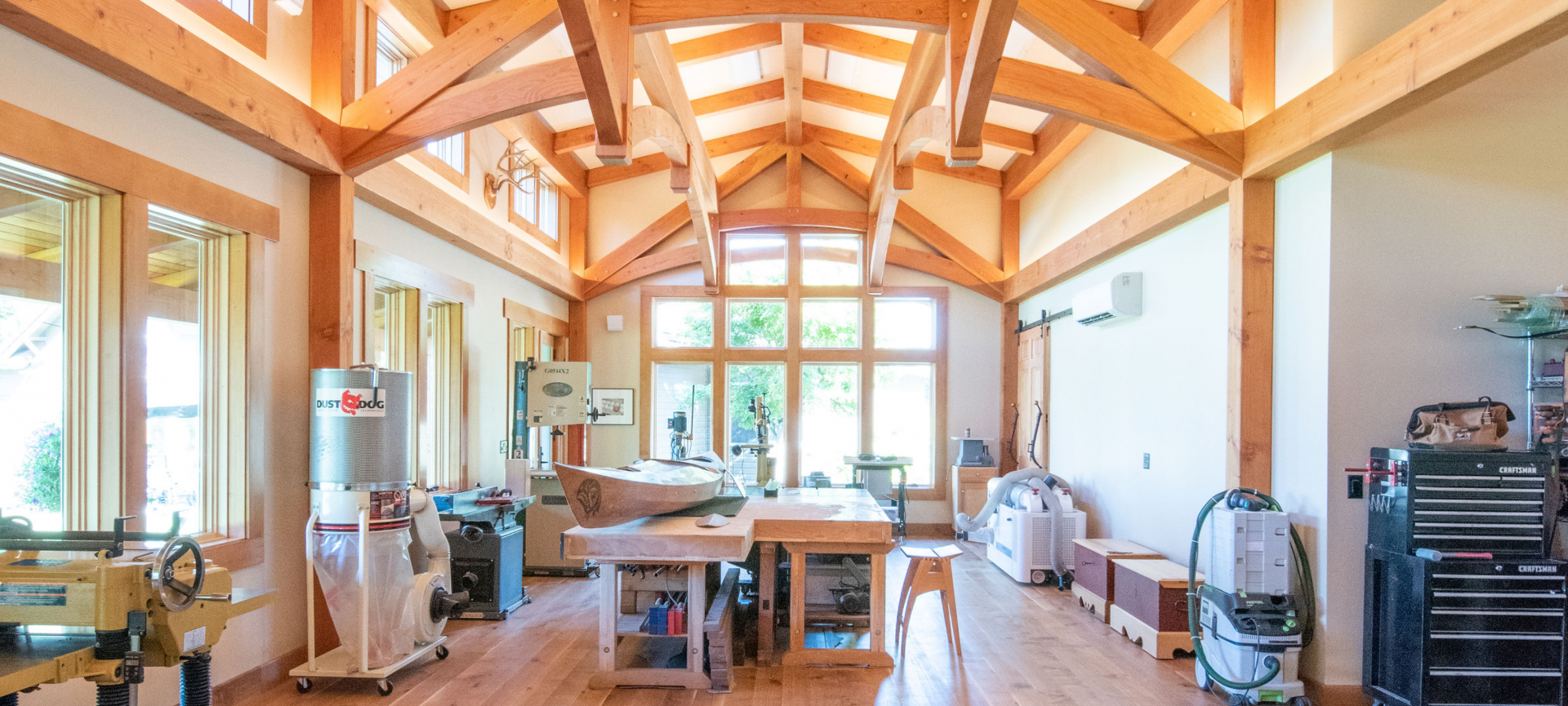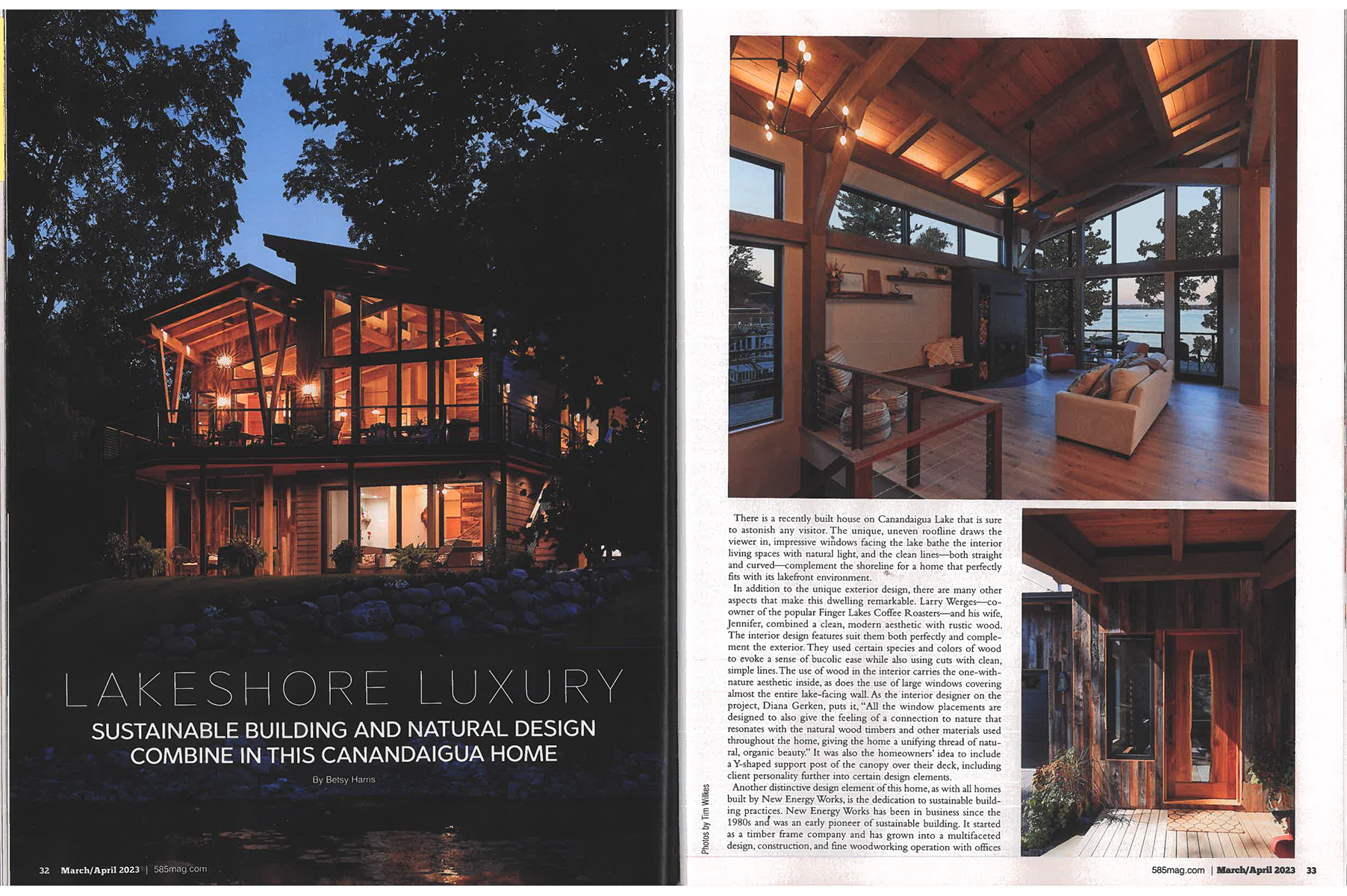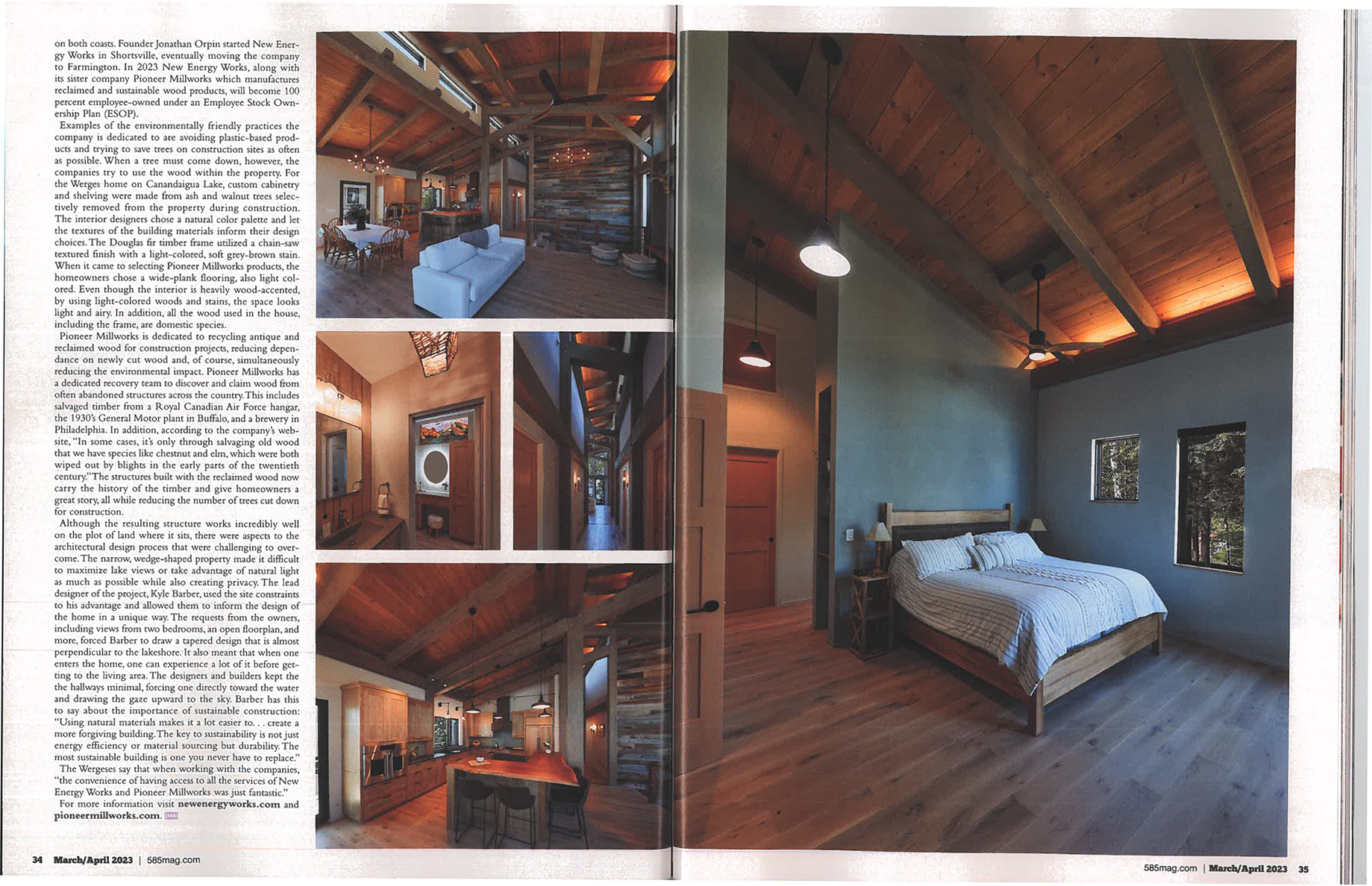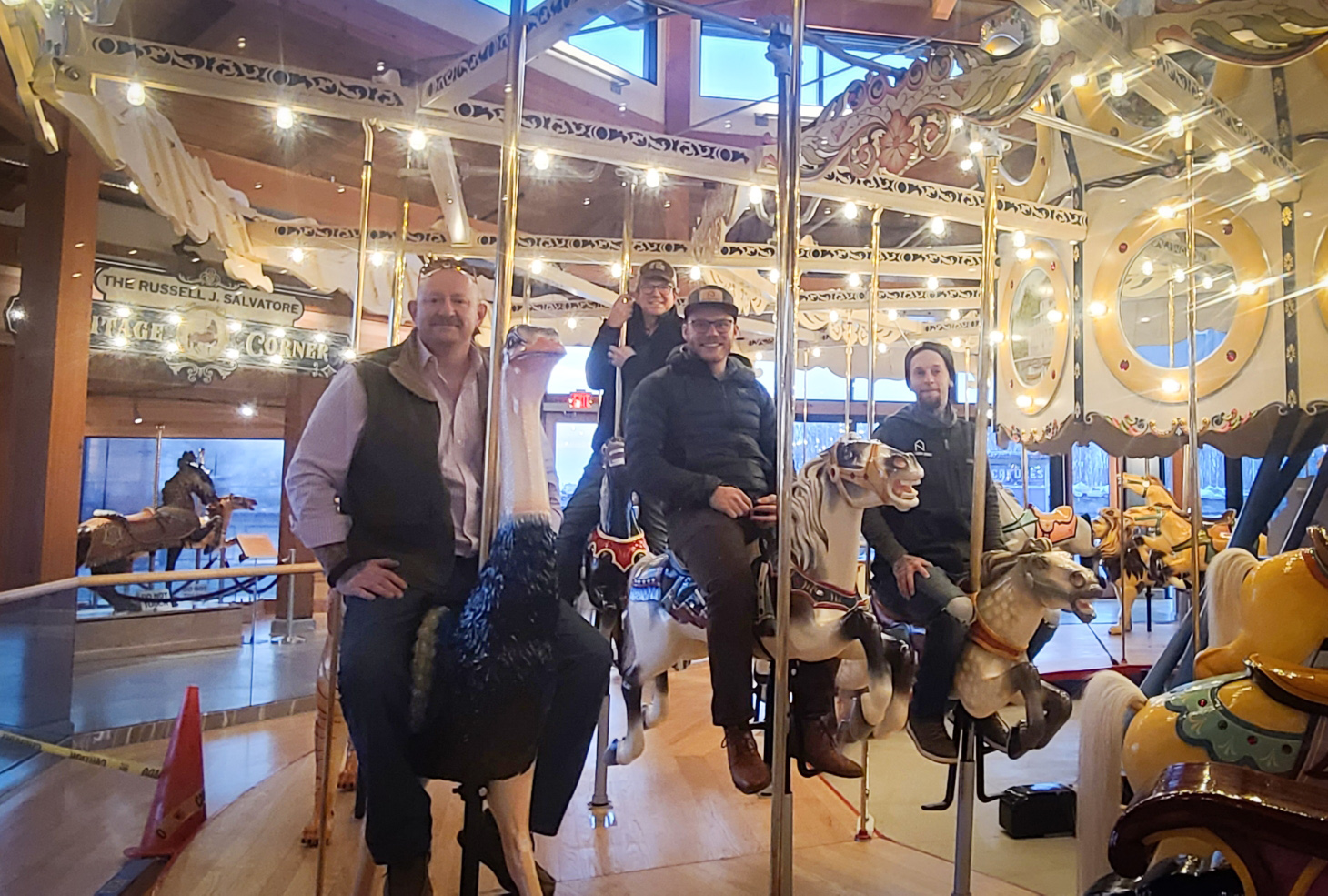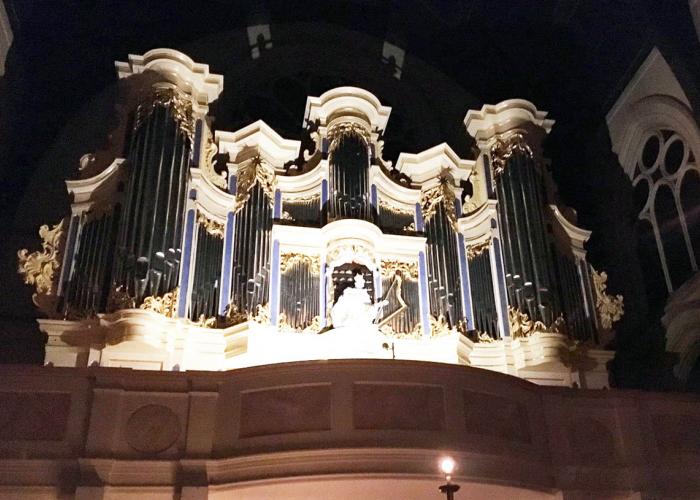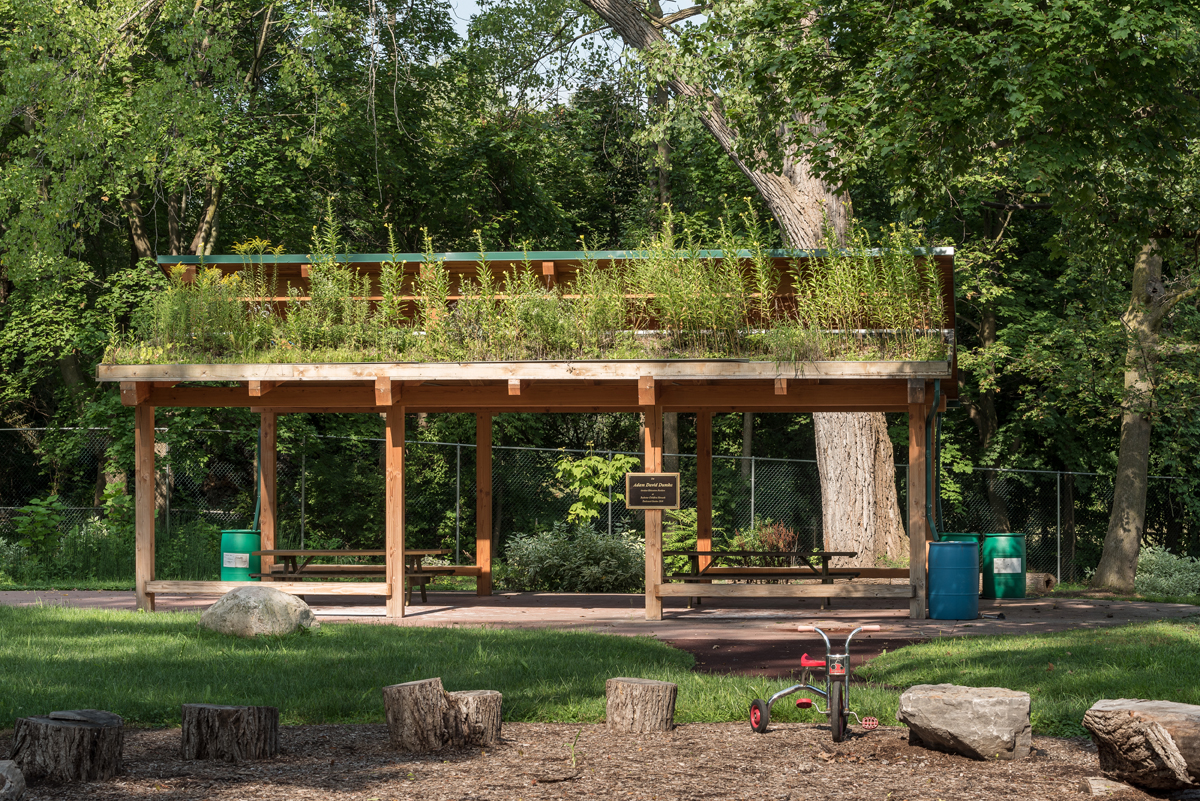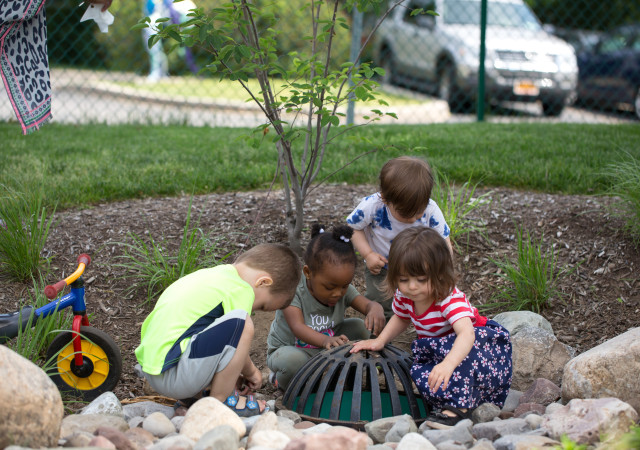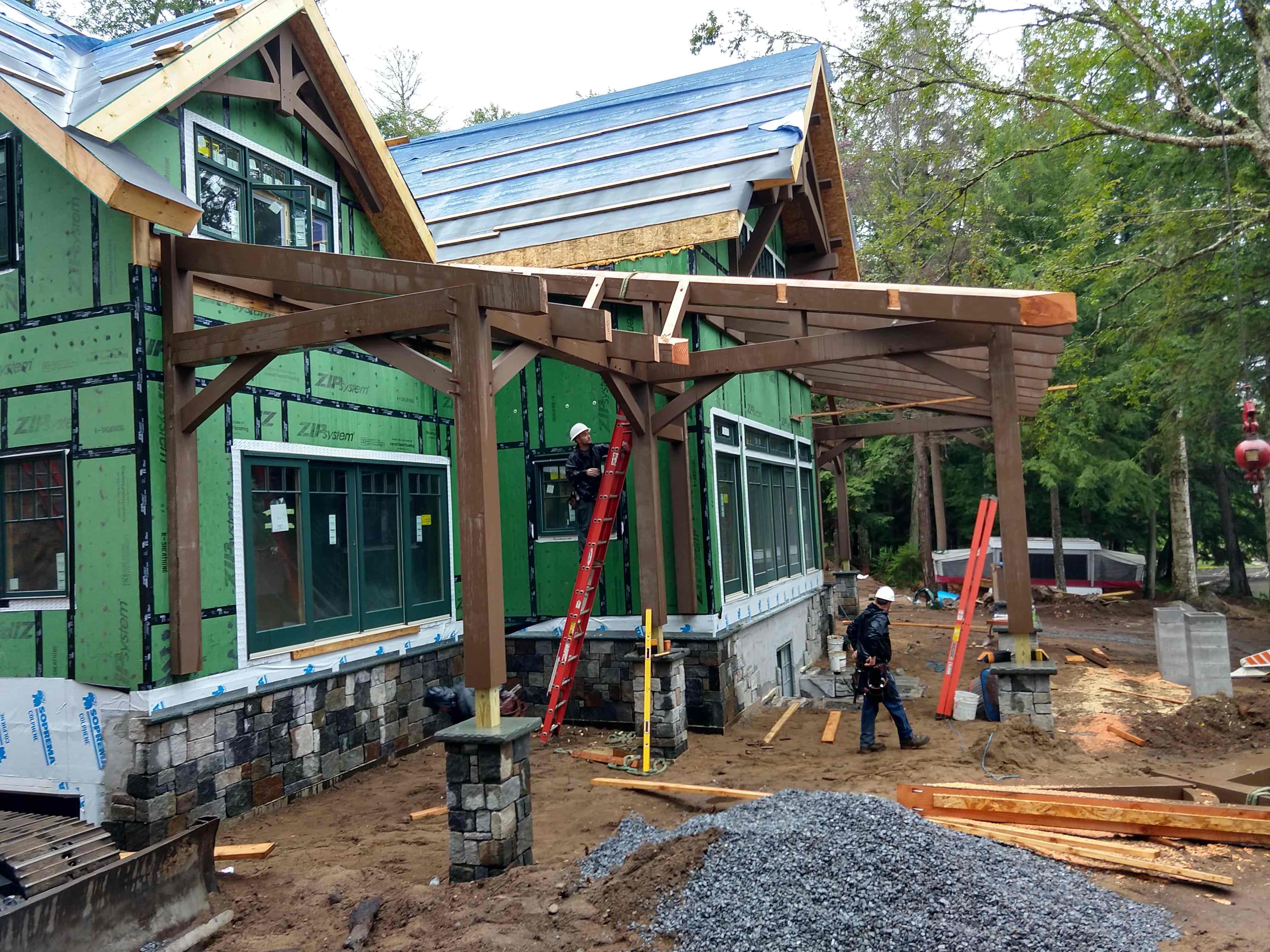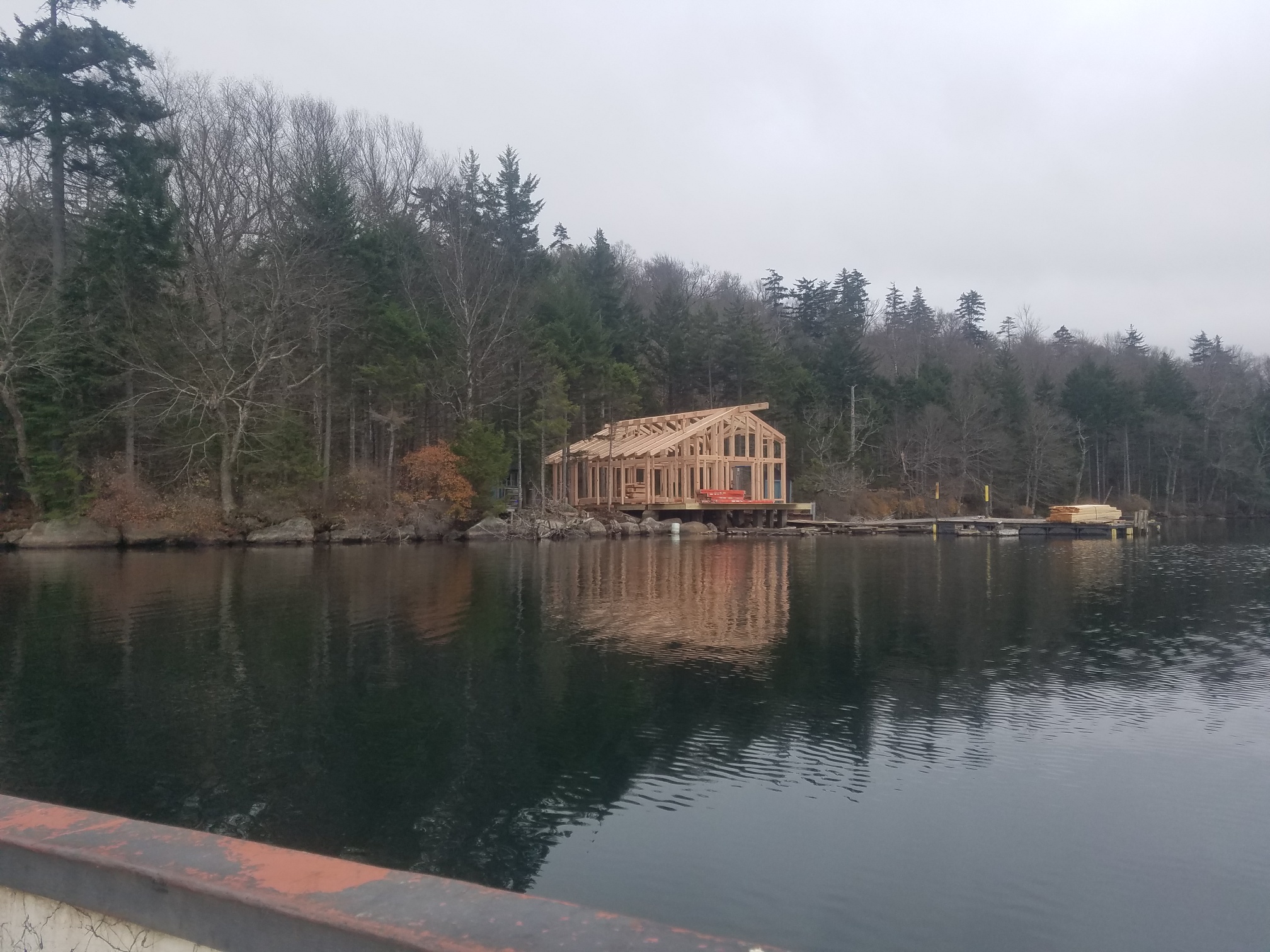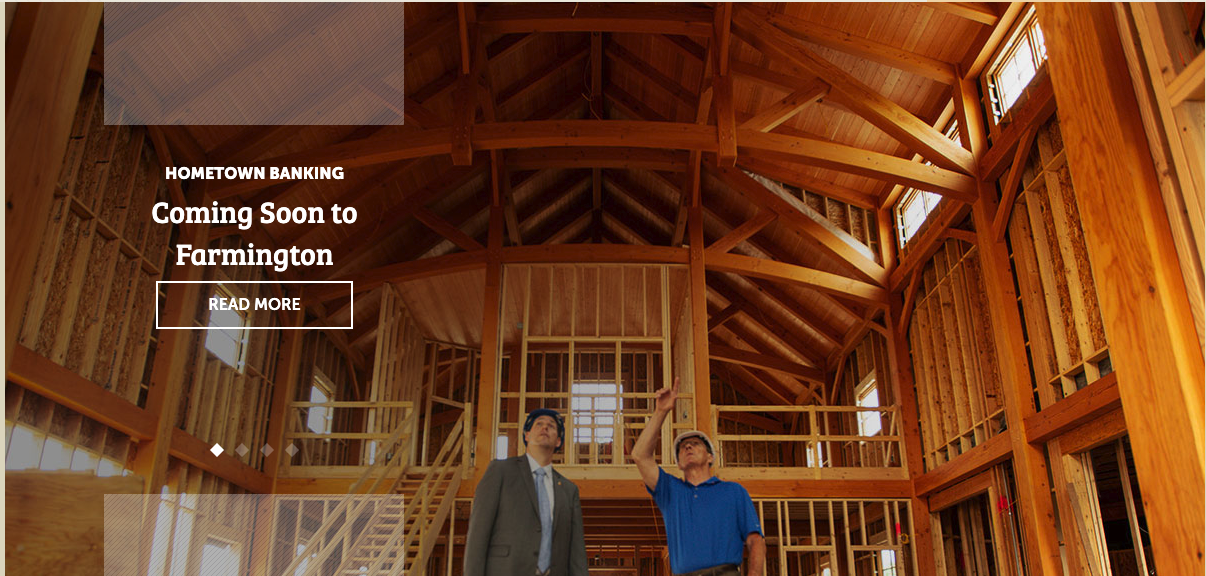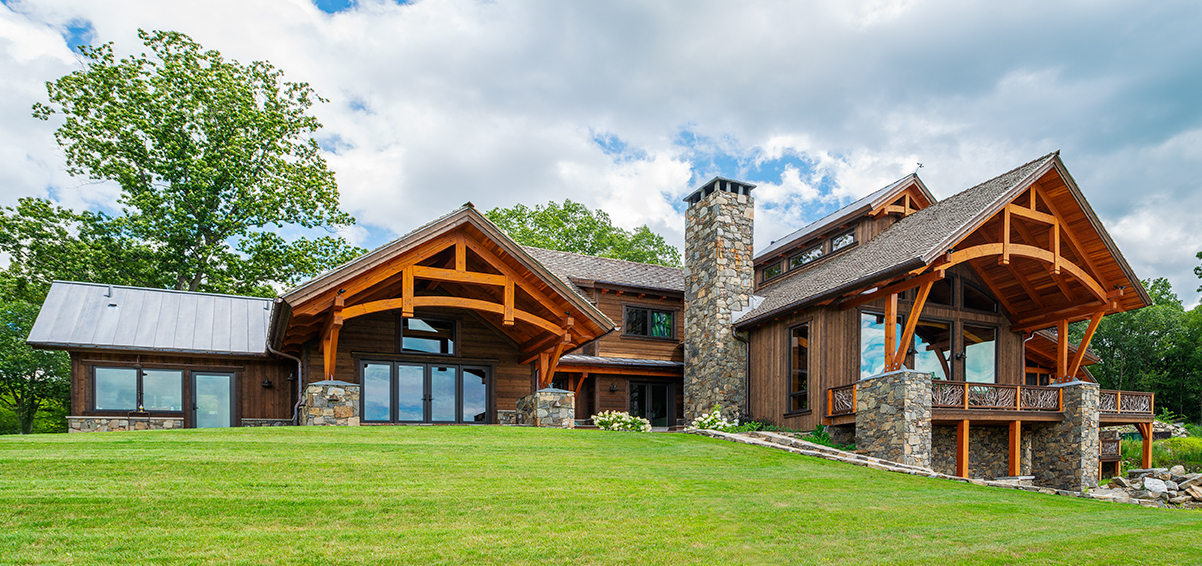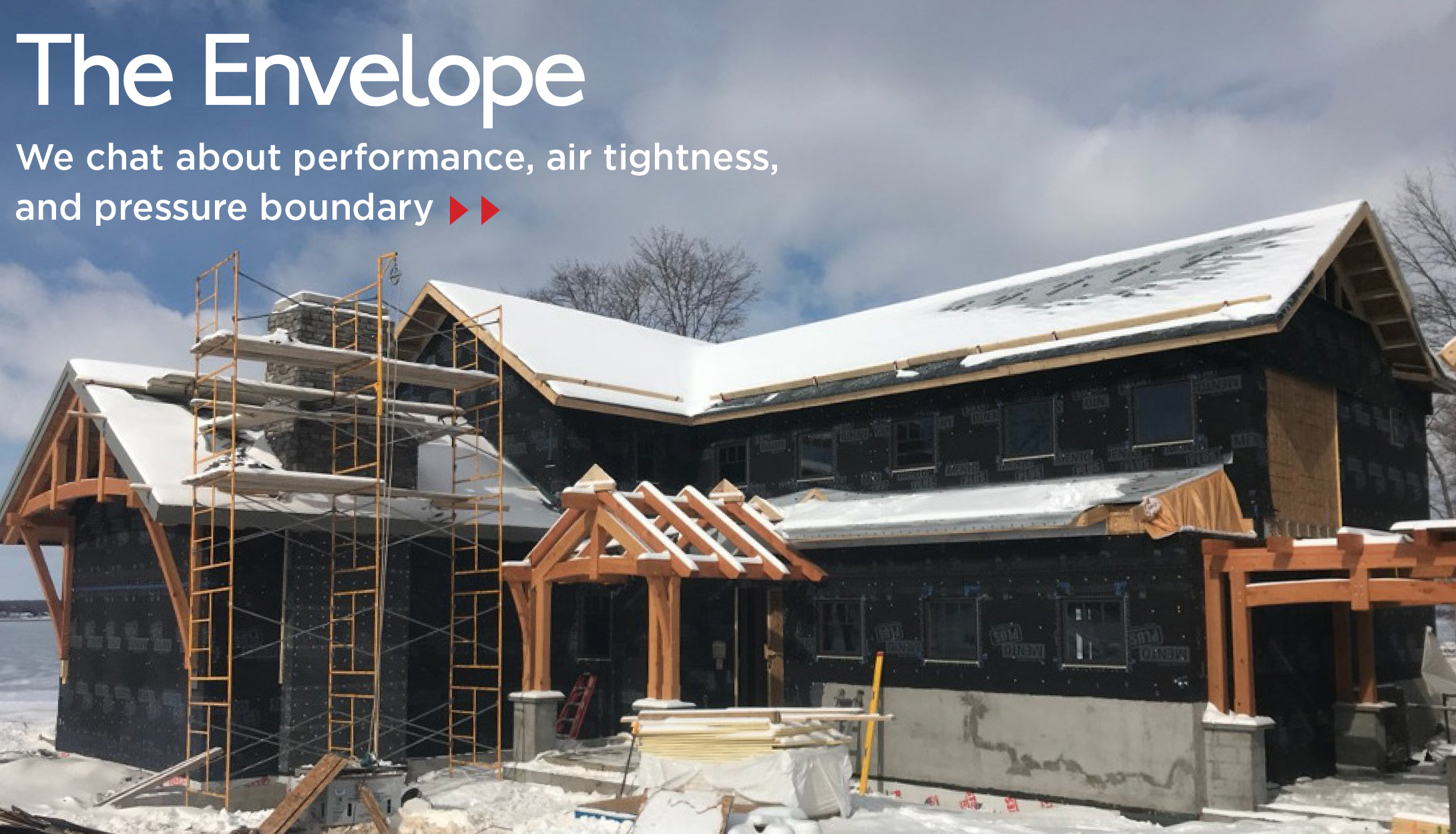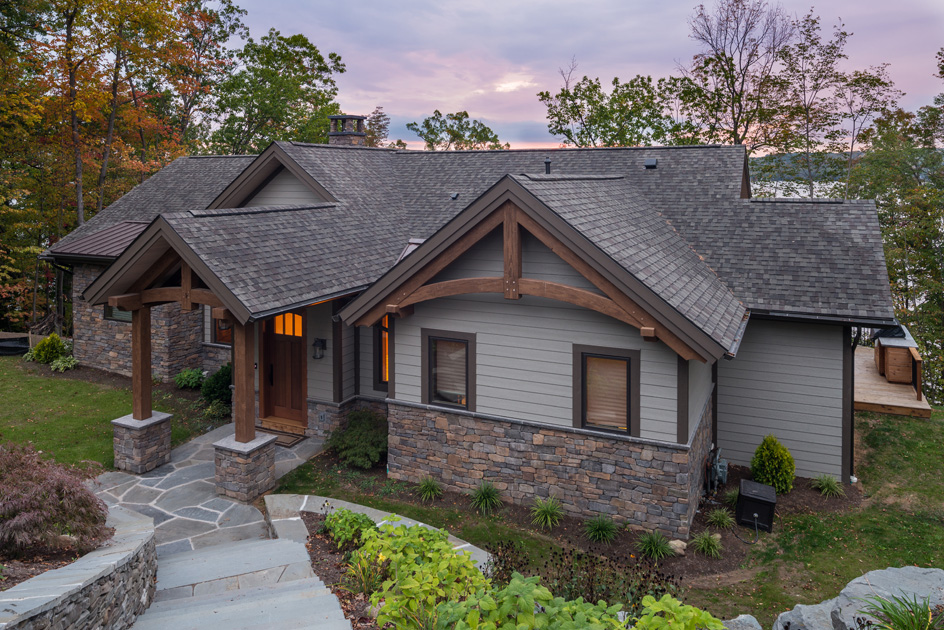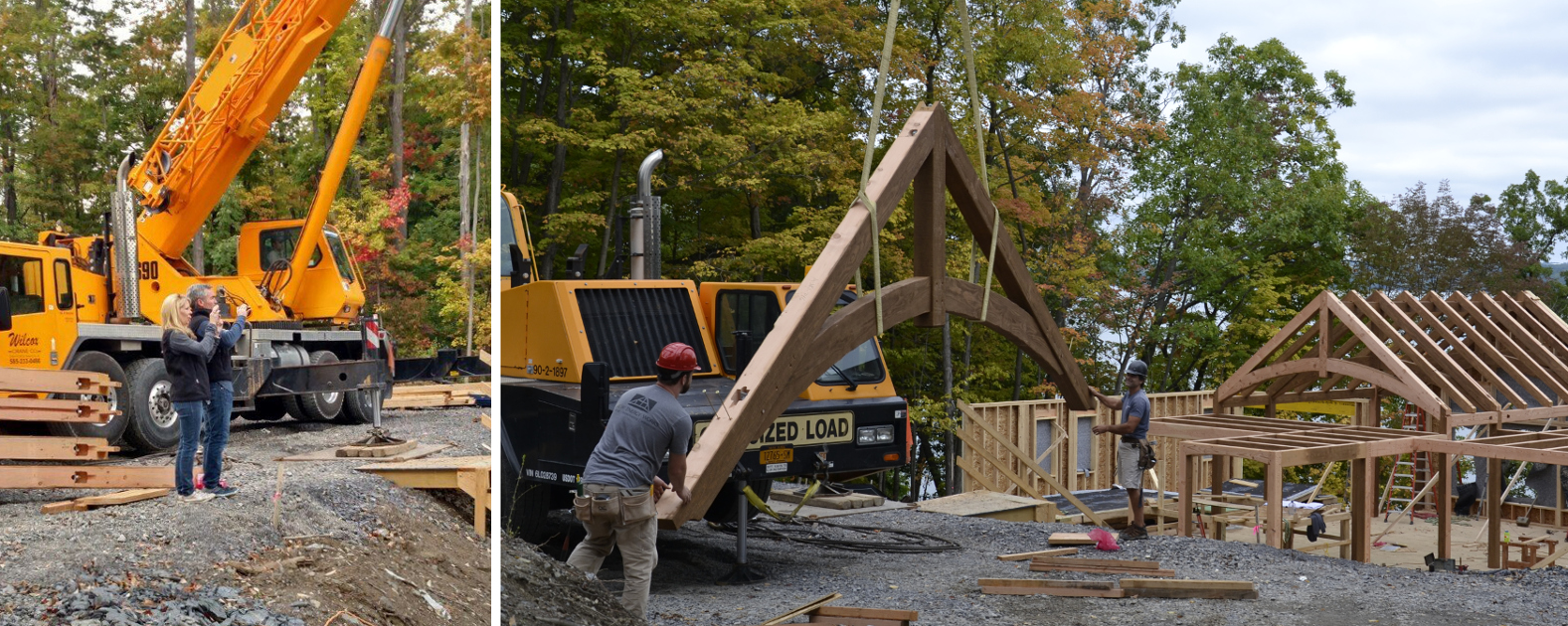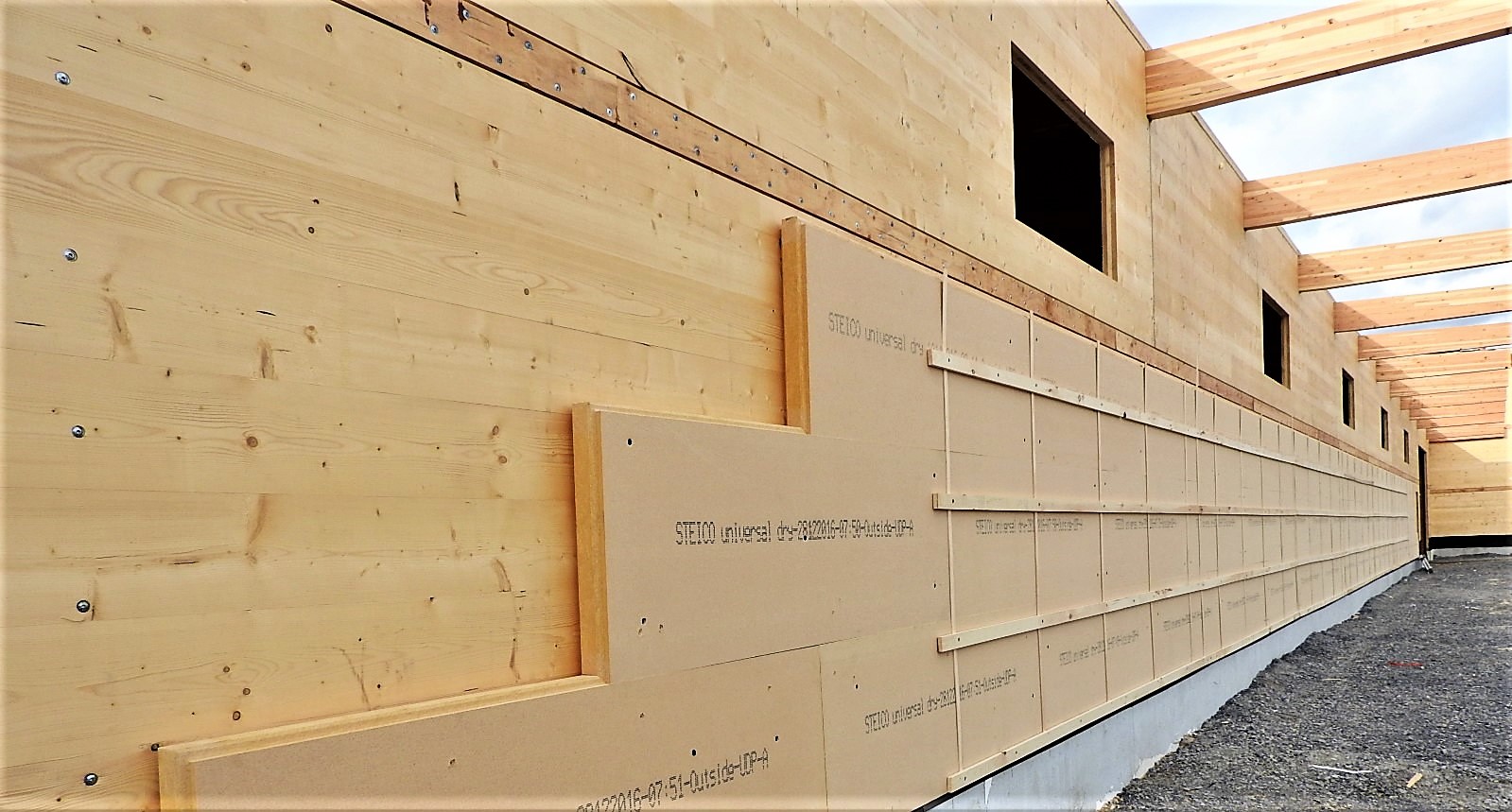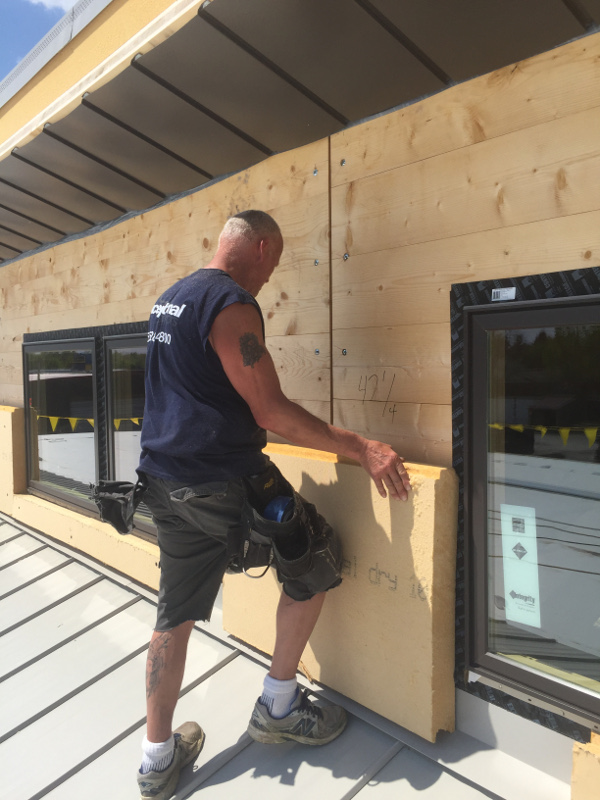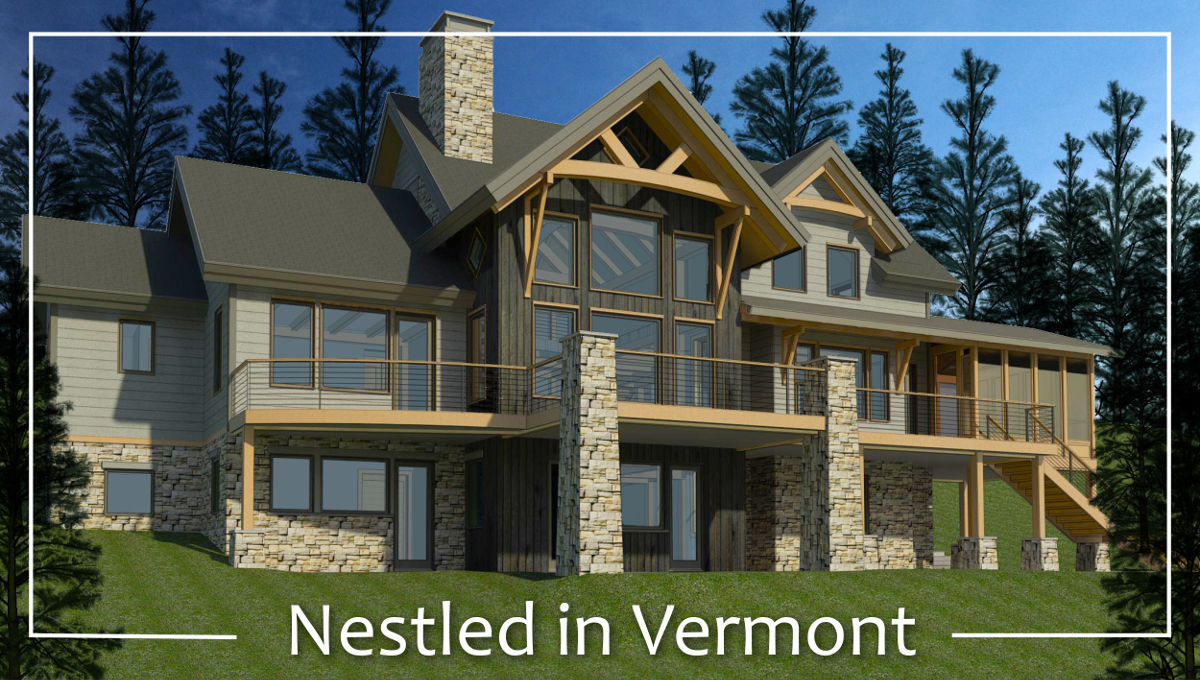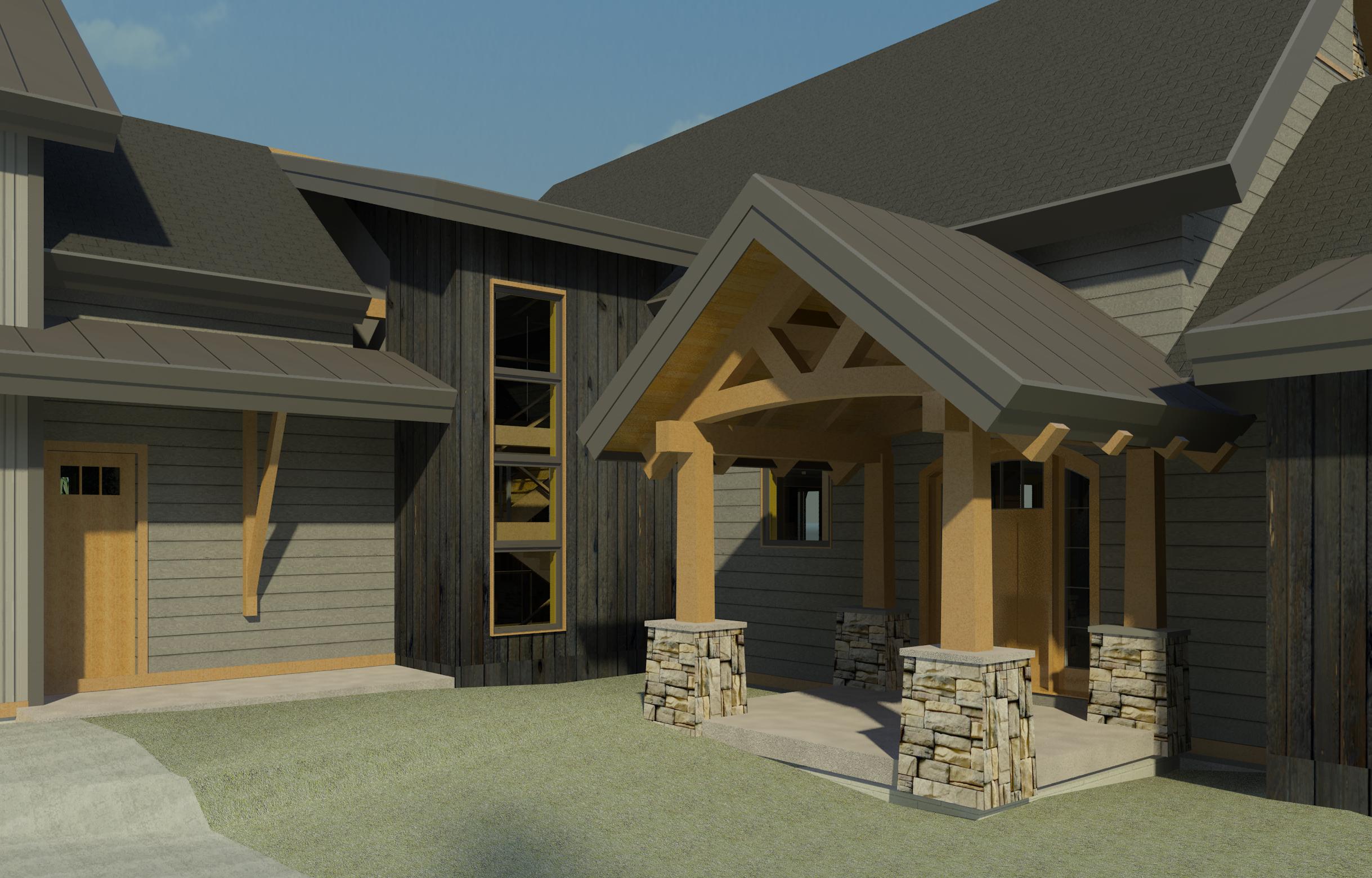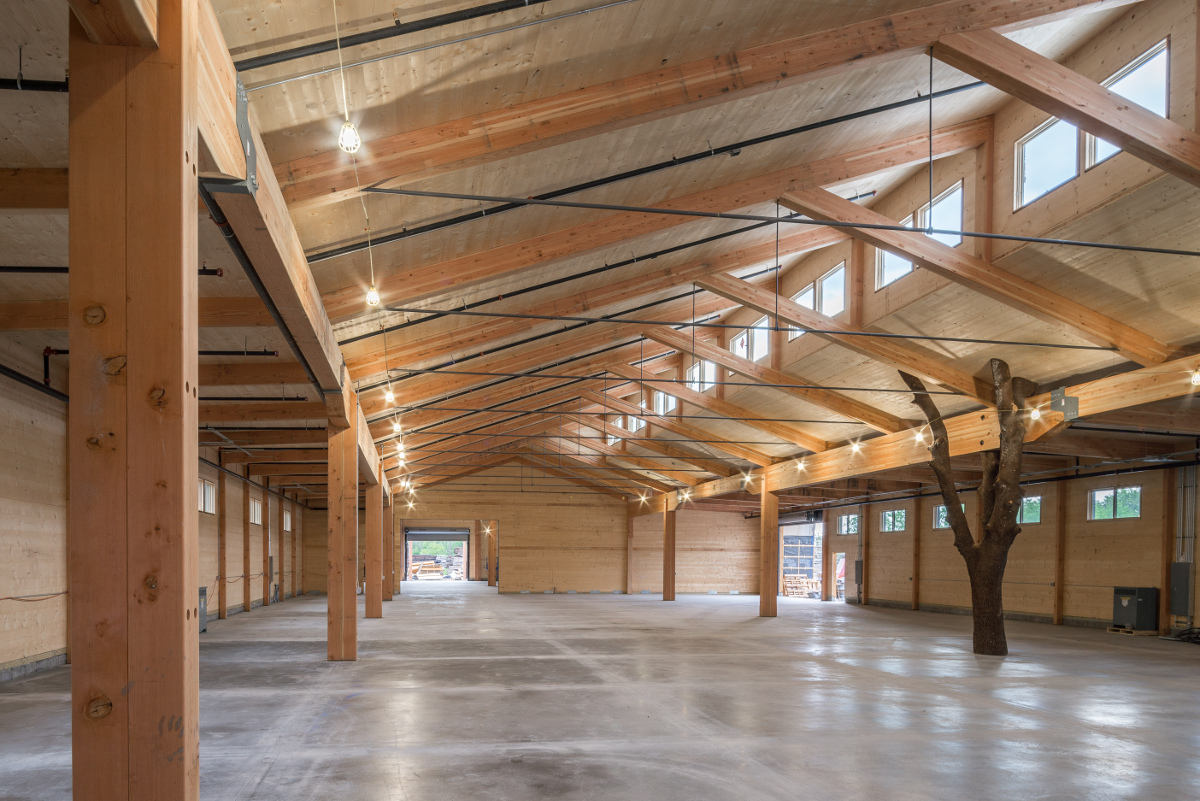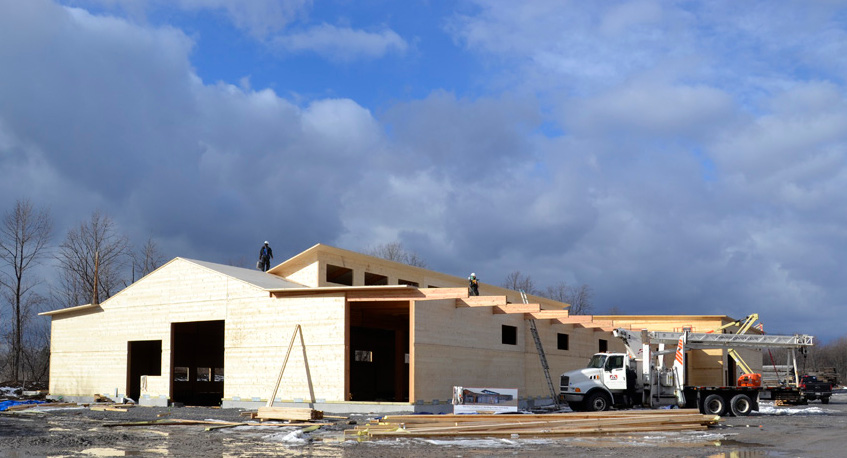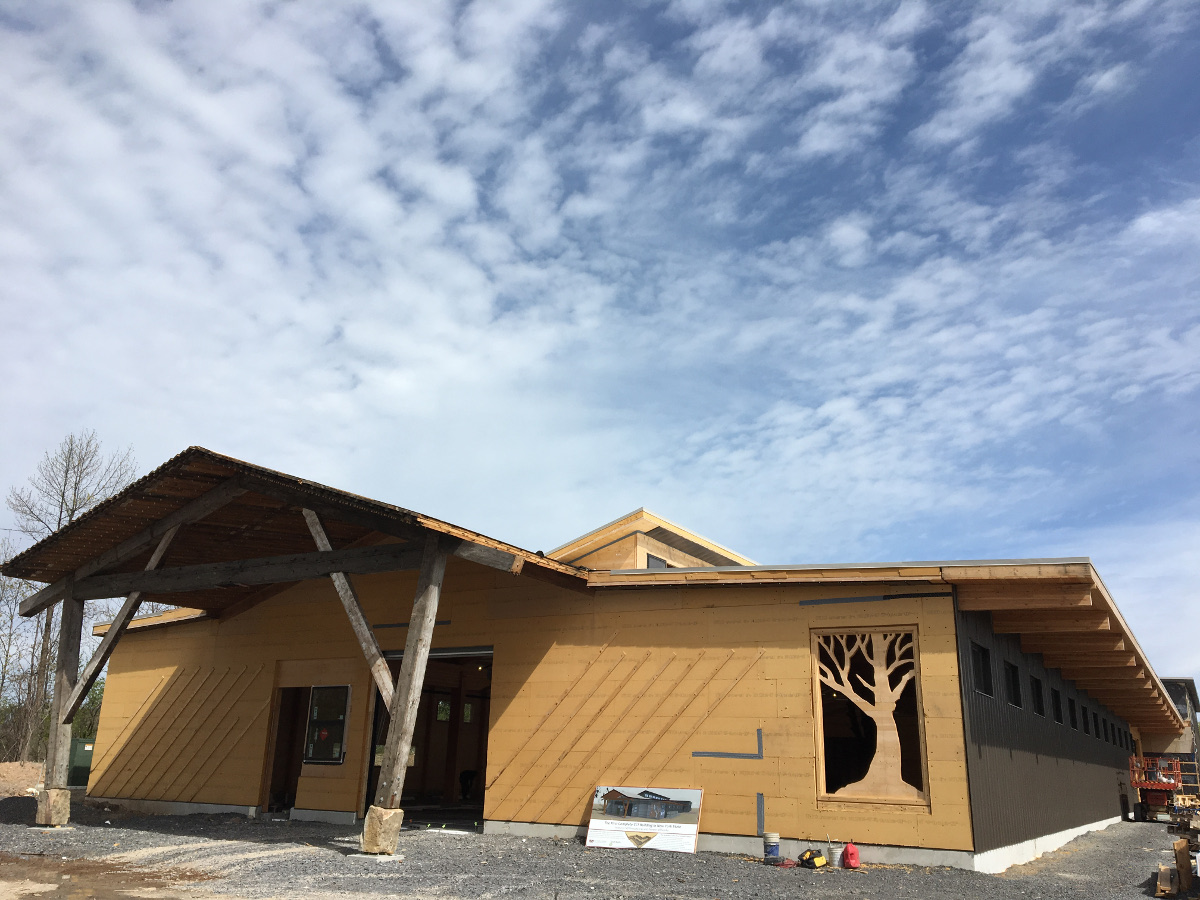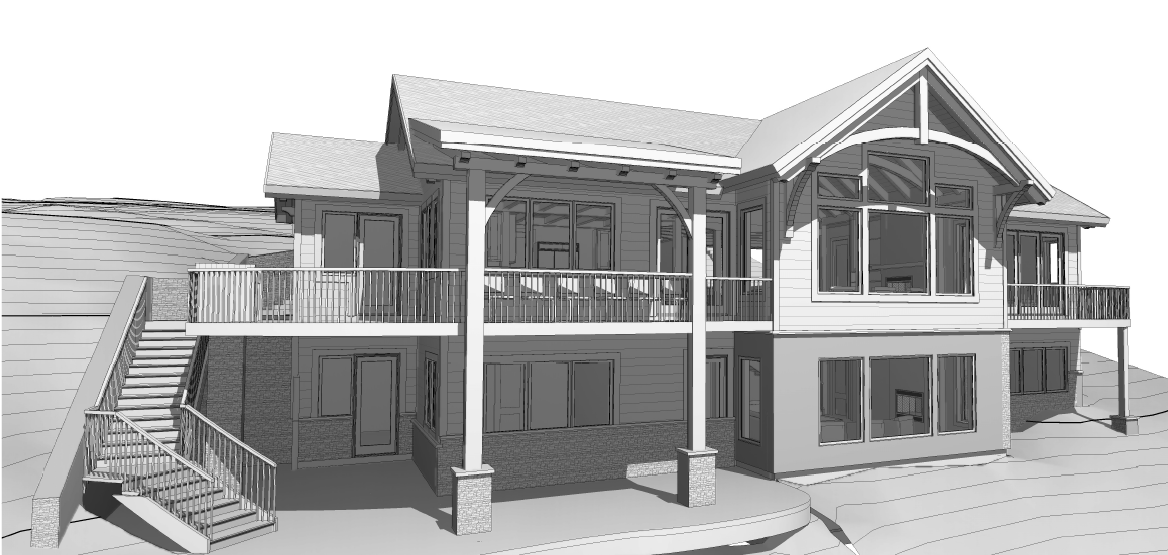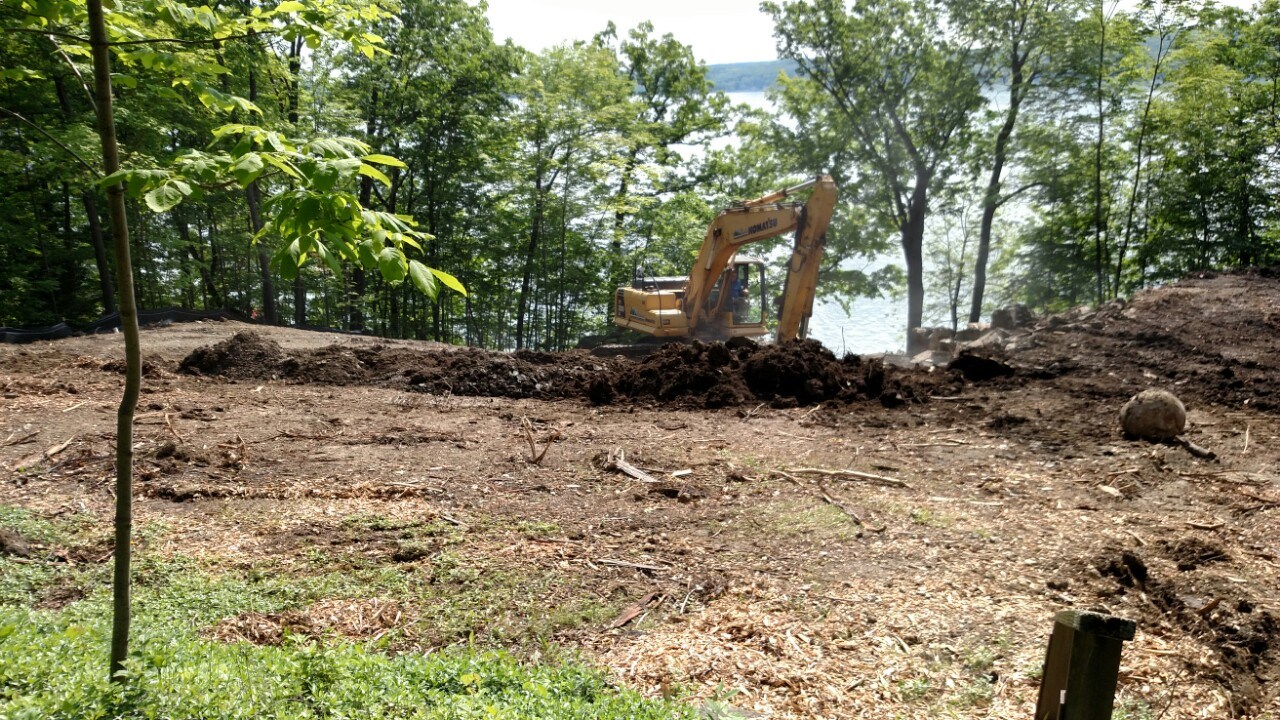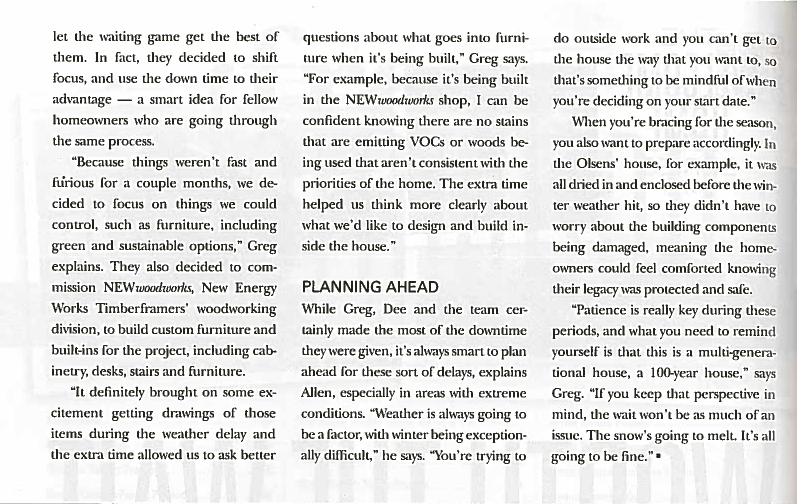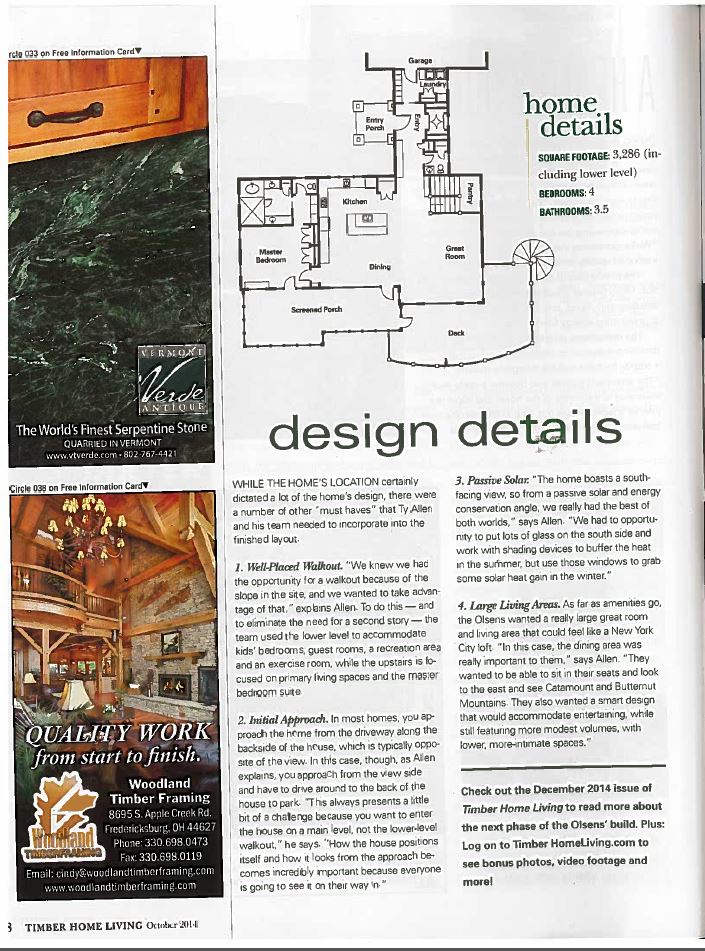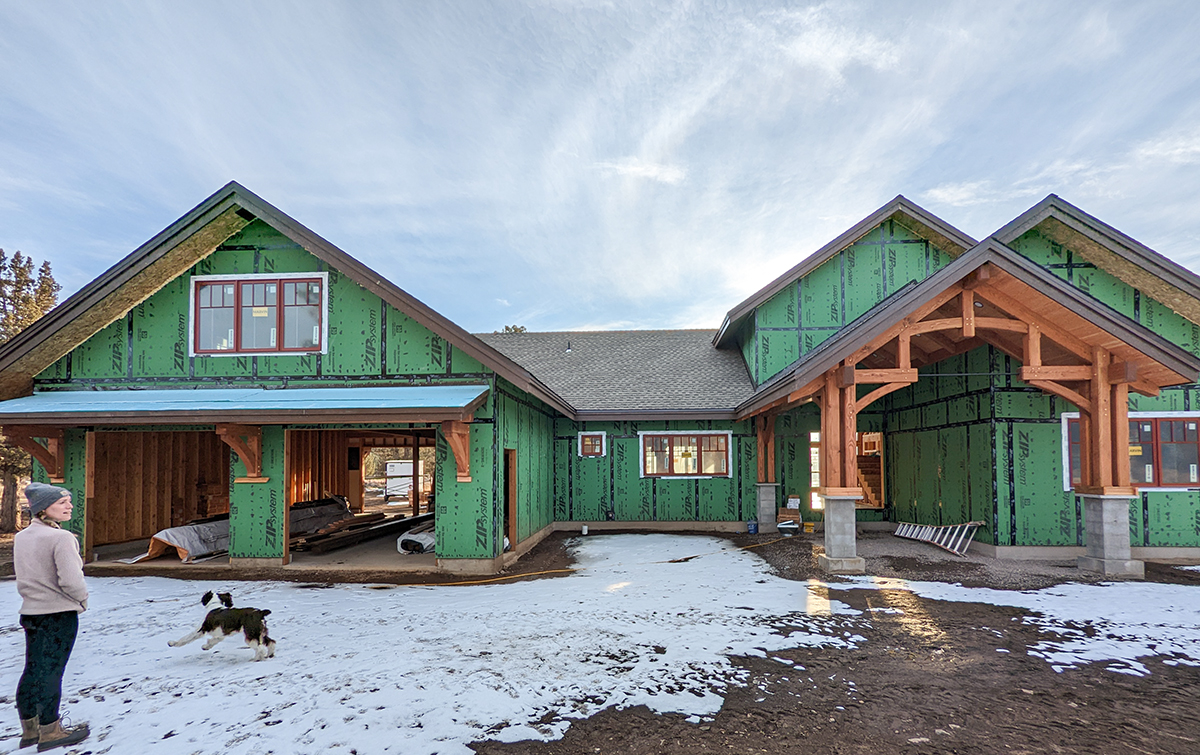
I’ve been timber framing for more than 30 years. Very often over this time we’ve worked with owner builders. These folks span the same wide range as any other custom builder, from hands off the tools and just managing everyone, to placing every form, nailing every connector, and setting the last piece of bathroom tile.
Mostly though, it’s somewhere in between, smack in the middle. Scott & Jill are that way, and on a recent stop in after we’d been done with our part for a couple months, I was once again reminded of my oft-stated, “Human potential is an amazing thing”.
When I first visited their site in Sisters, Oregon, the two were busy clearing brush and building a pump house. They could see where they were going, had the views of The Three Sisters Mountain Range captured just right, and knew how the driveway and entry porch would eventually welcome guests. My coworker David had finished their plans but truthfully, Scott had sent us about the most detailed set of preliminaries we have ever received. They knew what they wanted.
And they knew how to work for it. You might remember the post from August when we raised their timber frame in 100+ °F and bright sun. We then went back and installed tongue and groove and structural insulated panels (SIPs). But everything else was Scott & Jill and their own set of subs and coworkers…and a lot more hard work of their own. Here are some shots on a recent snowy afternoon by our coworker Kelsey Boyer.
These are images of a well organized, quality job site. And of so much of a dream unfolding. I once asked those two how they are still so much in love (as was evident, if you get my drift). “Shared dreams and the perfect partner,” was about the response. Stay with us over the next months. We’ll visit again and share the progress.


















